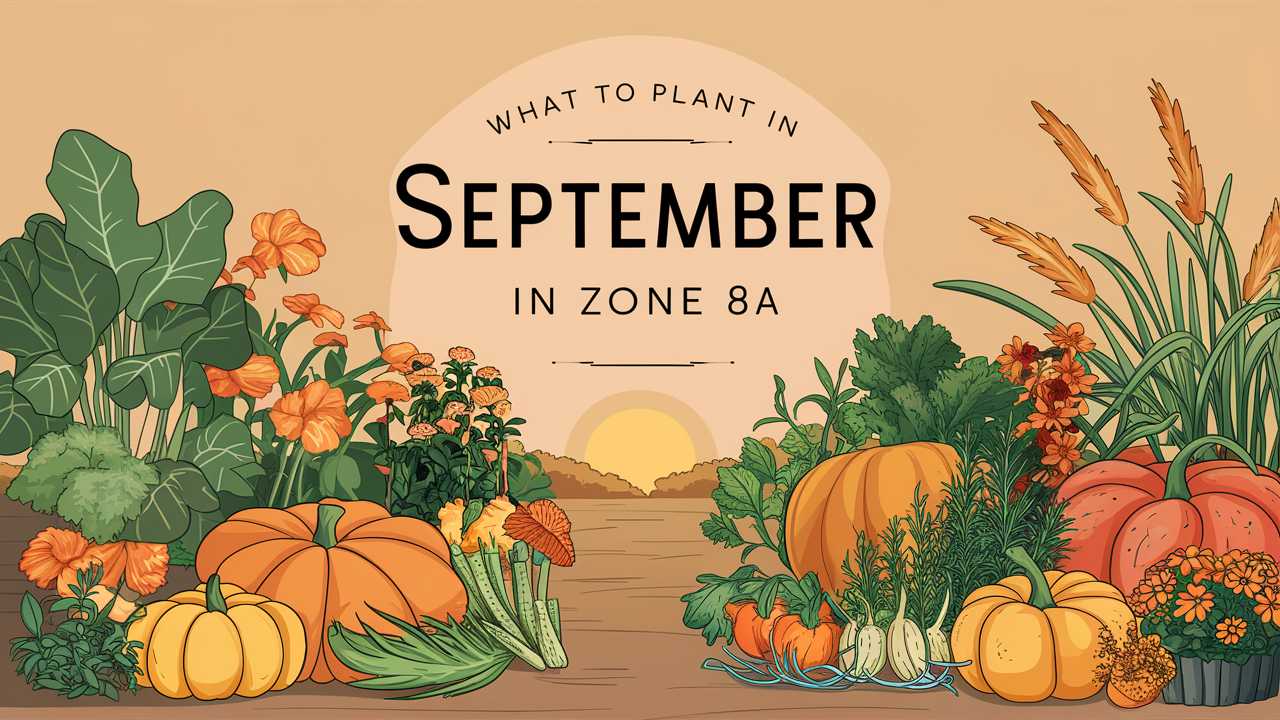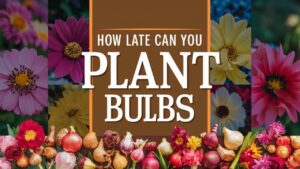With a climate that offers a long growing season and mild winters, it’s the perfect opportunity to prepare your garden for autumn’s bounty. This month allows for the planting of an array of vegetables, flowers, herbs, and landscape plants that can thrive in the temperate conditions of Zone 8a.
Vegetables To Plant
September is an ideal time to sow a variety of vegetables in Zone 8a. The cooler temperatures are perfect for growing many fall crops, and the mild winter provides an extended growing season.
Kale
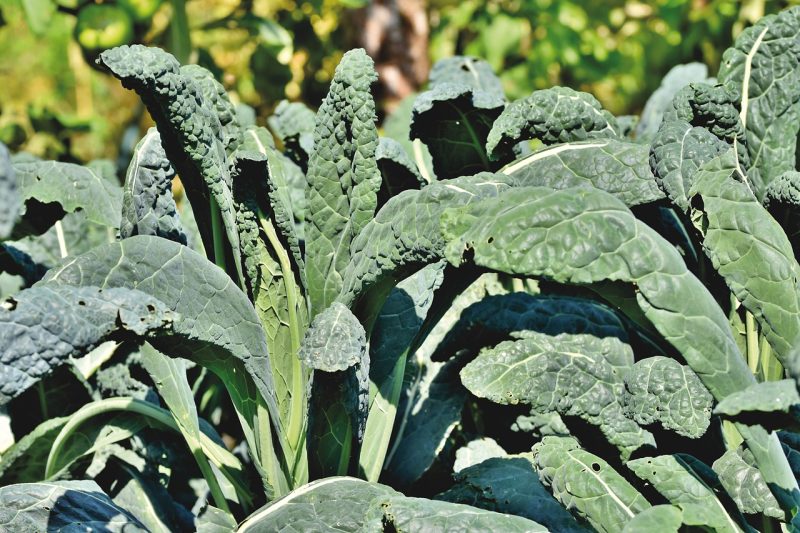
Kale is a nutrient-dense leafy green that loves the cooler weather of fall. Best sown from late August to early October, it thrives in temperatures between 55°F and 75°F. Kale can tolerate light frost, which enhances its flavor. When planting, ensure your soil is well-drained and enriched with organic matter. Harvest leaves as needed, and they will continue to grow until early winter.
Spinach

Spinach is a fast-growing leafy vegetable that thrives in the fall months of September through November. Ideal temperatures range from 50°F to 60°F. Spinach can germinate in cooler soils, so it can be directly seeded into the ground. Choose a sunny spot and ensure the soil is rich and fertile. Spinach can be harvested when young for tender salads or allowed to grow larger for cooking.
Radishes

Radishes are one of the quickest crops to mature, typically ready for harvest within three to four weeks. They can be sown in September as they prefer the cooler air of fall. Ideal soil temperatures for germination are between 50°F and 85°F. Radishes grow well in loose soil and benefit from regular watering. Ensure they’re given enough space to develop fully to avoid stunted growth.
Carrots

Carrots can be sown in September for a late fall harvest. They thrive in cooler temperatures of 55°F to 75°F. Carrots prefer loose, sandy soil, which allows them to grow without obstruction. To improve germination, consider planting them with a light cover of mulch. Carrots can be left in the ground until they are needed, as they can withstand frost.
Turnips
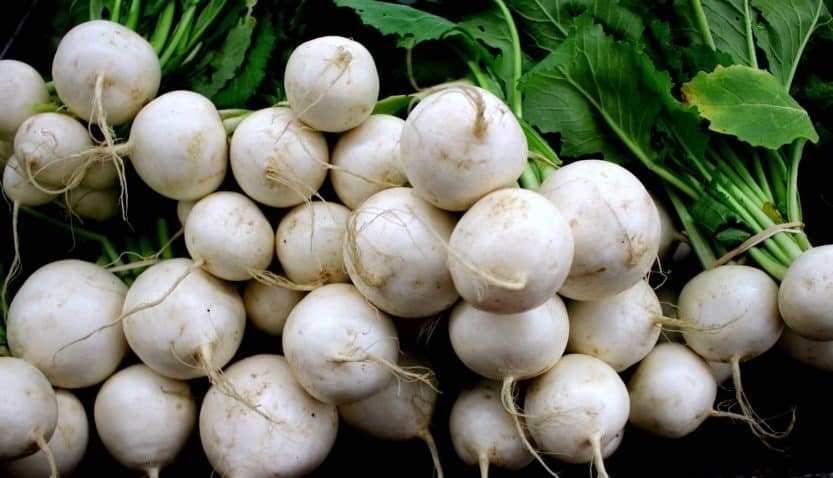
Turnips are a versatile root vegetable that can be planted in September for a fall harvest. They prefer cooler growing conditions, thriving best in temperatures between 50°F and 65°F. Turnips grow quickly and can be harvested within 30 to 60 days. They do well in well-drained soil rich in organic matter, offering both greens and roots for harvest.
Broccoli

Ideal for fall planting, broccoli can be seeded in mid to late September. Broccoli prefers cool temperatures ranging from 60°F to 70°F. Start seedlings indoors then transplant them outside to protect from unexpected frost. Harvest when the heads are firm and tight, typically ready in approximately 70 to 90 days.
Lettuce

Lettuce can be a fantastic fall crop in Zone 8a, preferably sown in early September to benefit from mature growth before the frost. Lettuce loves cooler temperatures around 60°F and generally requires consistent moisture. Choose varieties like butterhead or romaine for excellent flavor and texture. Succession planting can provide a continuous harvest.
Garlic
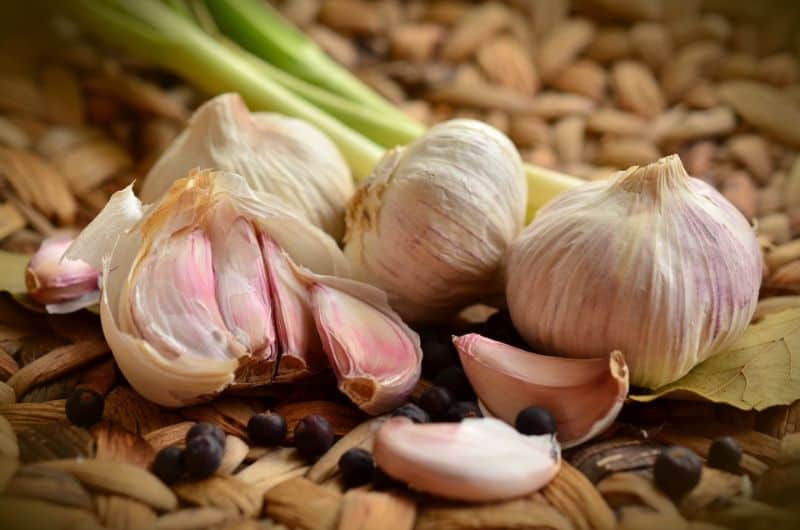
September is the perfect time to plant hardneck garlic in Zone 8a. It requires a cold period for proper bulb development, making fall planting ideal. Garlic thrives in well-drained soil enriched with compost. Plant cloves about 2 inches deep and 4-6 inches apart. Garlic is hardy and can survive winter, ready for harvest the following summer.
Beets
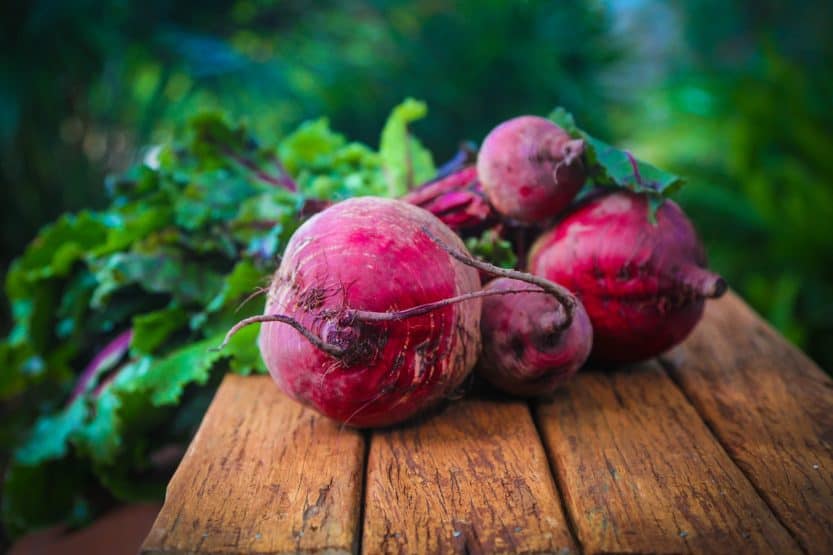
Beets are an excellent choice for a late summer planting, thriving in temperate climates. They grow best in temperatures of 50°F to 80°F and can be sown directly into the soil in September. Beets appreciate a rich, well-drained soil and consistent moisture for optimal growth. Both beet roots and greens are edible, thus expanding your garden’s produce.
Swiss Chard

Swiss chard is a resilient leafy green that can be planted in September in Zone 8a, thriving in fall’s cooler temperatures. It grows best at around 60°F to 75°F and can withstand light frosts. This hardy plant requires fertile, well-drained soil and regular watering. It’s a continuous producer, allowing for multiple harvests throughout the fall and into winter.
Flowers To Plant
September serves as a transition period in the garden, and planting flowers now can set the stage for a vibrant autumn display while preparing for the next spring season.
Pansies

Pansies are cool-weather flowers that can be planted in early September. Thriving in temperatures ranging from 45°F to 65°F, they can bloom well into the winter when planted as an annual. Choose a location with well-drained soil and ample sunlight. These flowers come in various colors and can be mixed for a stunning fall display.
Chrysanthemums

Chrysanthemums, or mums, are quintessential autumn flowers. Plant them in early September to ensure they establish before cooler temperatures set in. Mums flourish in temperatures between 55°F to 70°F and prefer full sun and rich, moist soil. These perennials come in a variety of colors, enhancing any garden’s fall palette.
Asters
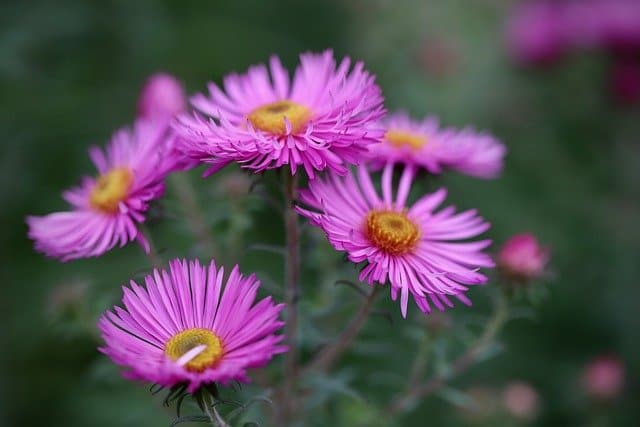
Asters are hardy perennial flowers ideal for September planting. They thrive in temperatures of 60°F to 70°F and are notable for their ability to bloom late into the fall. Asters prefer full sun and well-draining soil. Their vibrant purple, blue, or pink hues attract pollinators, making them a beneficial addition to any garden.
Snapdragons
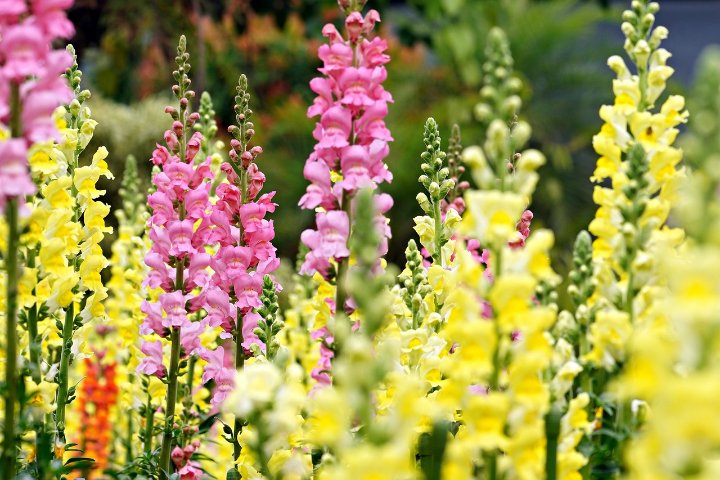
Snapdragons can be planted in early September to establish themselves for beautiful autumn blooms. Preferring cool temperatures between 60°F and 75°F, these flowers come in an array of colors and thrive best in full sun. Regular watering and well-draining soil are crucial for their growth. Snapdragons can also tolerate light frosts.
Violas
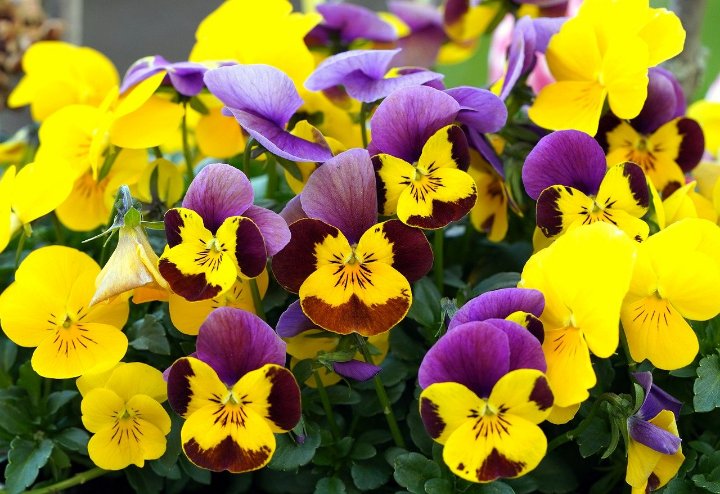
Violas, similar to pansies, are excellent cool-weather flowers that can be planted in September. They thrive in temperatures below 65°F and can survive light frosts. These charming flowers have a more compact growth habit and are available in numerous colors. They do well in well-draining soil and prefer a partially shaded spot.
Ornamental Cabbage
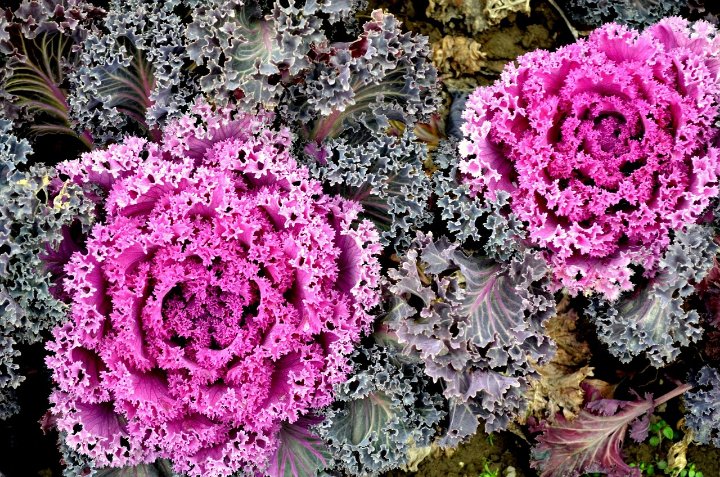
Ornamental cabbage adds an interesting texture and color to fall gardens. Best planted in early September, they thrive in cooler temperatures of 50°F to 65°F. These plants prefer full sun and well-drained soil, developing vibrant coloration as the temperatures drop. They are edible, though mainly grown for their aesthetic appeal.
Sedum

Sedum, or stonecrop, is a succulent perennial that is low-maintenance. Plant them in September to establish roots before winter. They prefer well-draining soil and full sun, thriving in dryer conditions. Sedum varieties come in different colors and heights, making them great for borders, or ground covers.
Columbine
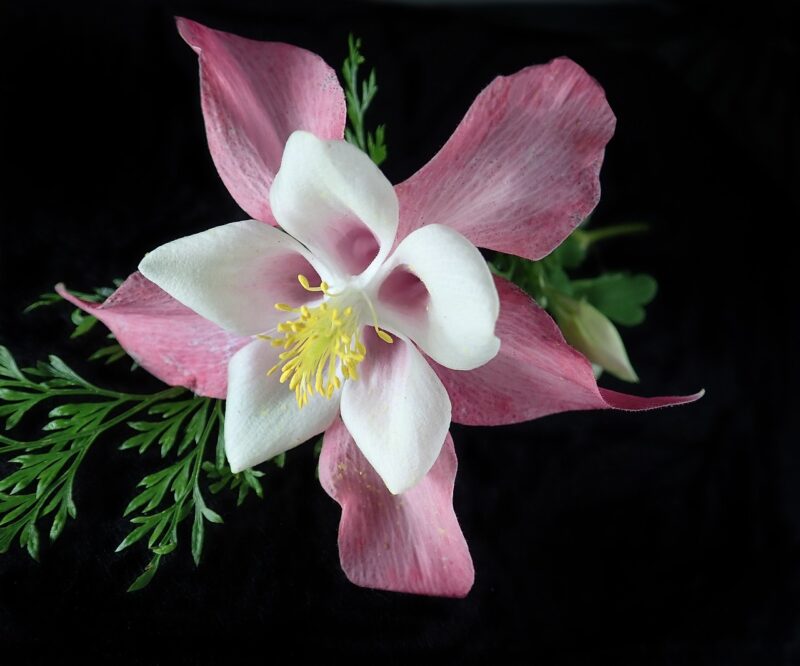
Columbine is a perennial flower that can be seeded in September for a naturalized look in gardens. They prefer cool temperatures ranging from 50°F to 70°F and do well in partial shade. Columbine flowers attract hummingbirds and are available in various colors. They establish deep roots, making them drought-tolerant once established.
Coreopsis
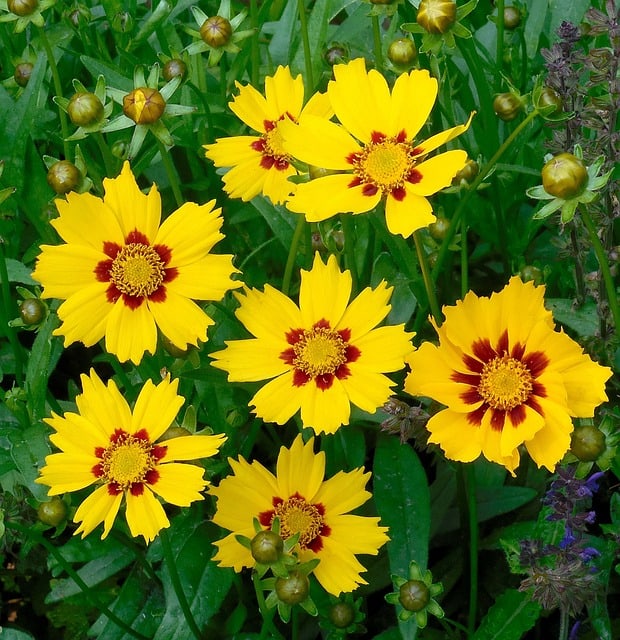
Coreopsis, or tickseed, can be planted in September. It grows well in temperatures between 60°F and 75°F and prefers full sun and well-drained soil. Coreopsis is known for its resilience and ability to bloom from early summer into fall. They provide bright, cheerful colors, making them an excellent choice for a fall garden.
Fall-Blooming Crocus
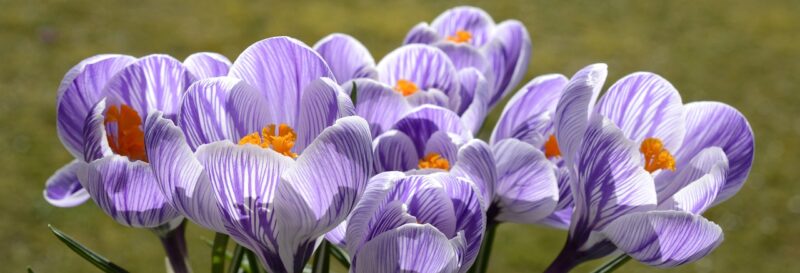
Fall-blooming crocus bulbs can be planted in September, adding a stunning burst of color to gardens in mid to late fall. They thrive in well-drained soil and prefer full sun or partial shade. These bulbs require little care, and once established, they come back year after year, bringing delight each autumn.
Herbs To Plant
Herbs planted in September can provide fresh flavors throughout the fall and into winter. They’re generally easy to maintain and often thrive in cooler weather.
Cilantro

Cilantro is an annual herb best planted in early September, thriving in cooler temperatures between 55°F and 75°F. It loves full sunlight and well-drained soil. Sow seeds directly into the garden, allowing for succession planting to maintain a fresh harvest. Cilantro can bolt quickly in warm weather, making fall an ideal season for growth.
Chives
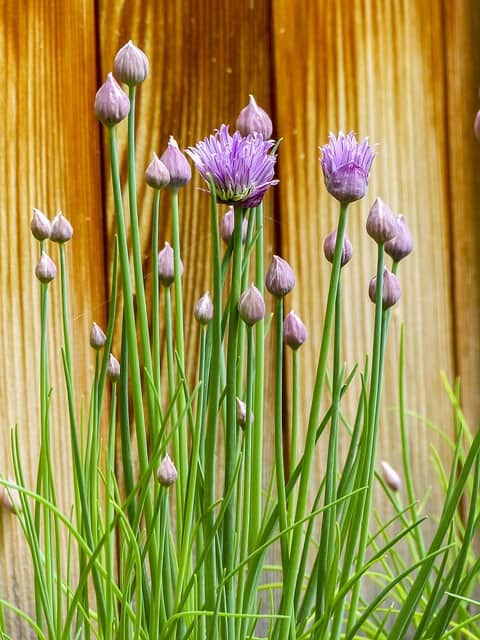
Chives are a perennial herb well-suited for September planting. They thrive in temperatures between 50°F and 75°F and prefer full sun to partial shade. Chives are hardy and will return each spring, providing fresh green tops for culinary use. Plant them in well-drained, nutritious soil for the best results.
Parsley

Parsley is a versatile herb that can be planted in September for continued growth into winter. It thrives in cool temperatures of 50°F to 70°F and prefers well-drained soil with some organic matter. Parsley can take a while to germinate, so patience is key. Once established, it can tolerate mild frost and will keep producing throughout fall.
Thyme
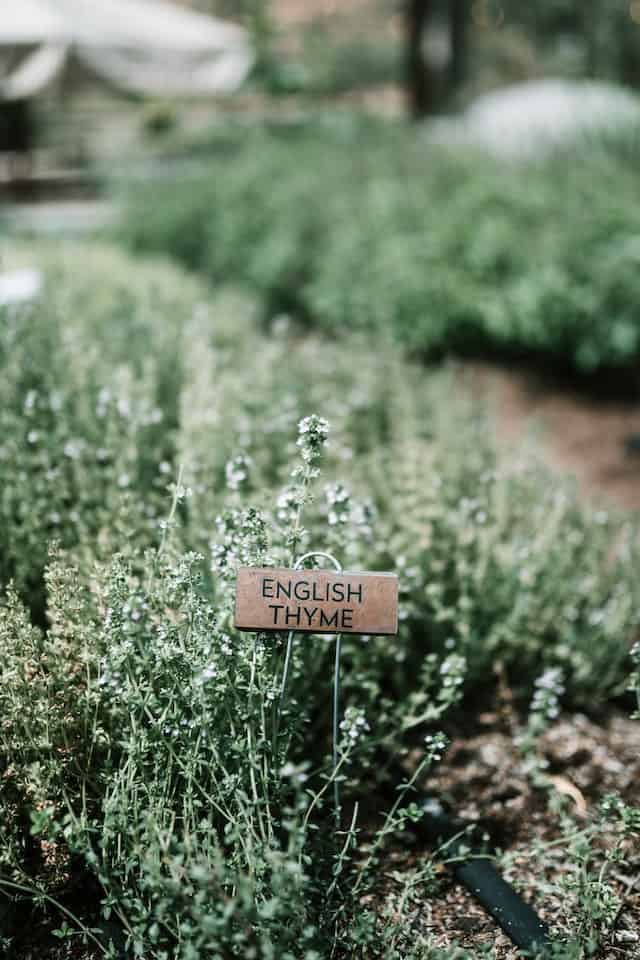
Thyme is a perennial herb that does well in cooler temperatures and can be planted in September. It thrives best in well-drained soil and prefers full sun. This Mediterranean herb is drought-tolerant once established, making it a low-maintenance addition to your garden. Thyme is excellent for culinary use and adds flavor to a variety of dishes.
Oregano

Oregano is another perennial herb that can be planted in September. It thrives in cool temperatures between 60°F and 70°F and prefers full sun. Oregano will provide a continuous harvest well into fall and can survive mild frosts. Like thyme, this herb is low-maintenance, requiring well-drained soil and infrequent watering.
Mint
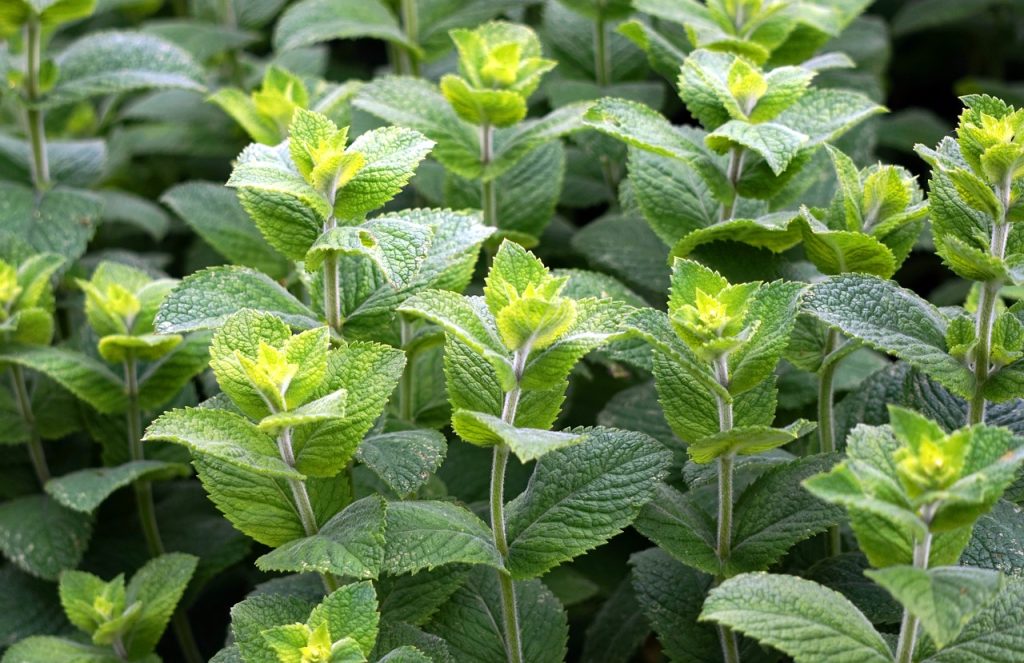
Mint is a vigorous perennial herb that can thrive when planted in September. It prefers cool temperatures of 55°F to 70°F and can grow in various soil types, though well-drained soil yields the best results. Mint can spread quickly, so consider planting it in containers to control its growth while enhancing your garden with fresh, aromatic leaves.
Dill
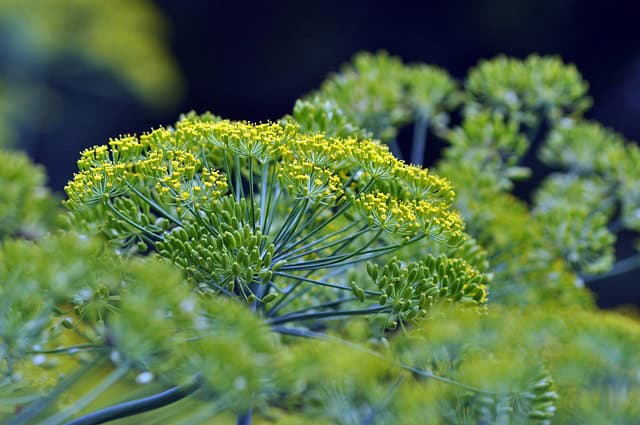
Dill is an annual herb that is excellent for planting in September. It thrives in cool temperatures between 50°F and 70°F and prefers full sun. Dill grows quickly, typically ready for harvest in 40 to 60 days. It attracts beneficial insects to your garden, making it a valuable addition not only for its culinary uses but also for your overall garden health.
Sage

Sage is a hardy perennial herb that can be planted in September to establish before colder weather sets in. It prefers well-drained soil and thrives in full sun. Sage doesn’t mind slightly cooler temperatures, making it well-suited for fall planting. This aromatic herb is great for a variety of dishes and is easy to maintain.
Basil
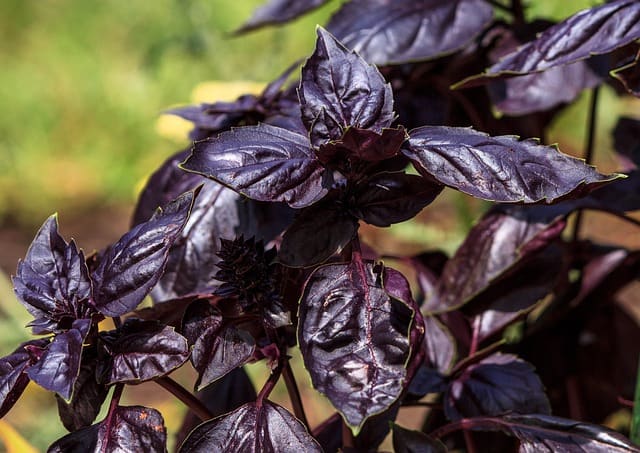
While basil is typically a warm-weather herb, consider planting it in early September if the weather is still mild. It prefers temperatures above 70°F, so make sure to check the forecast for any incoming cool spells. Basil can be grown in pots or directly in the garden, providing fresh leaves for many culinary uses until the first frost.
Rosemary

Rosemary is a perennial herb that can survive mild winters in Zone 8a. Plant it in September for a good start and ensure it gets plenty of sun and well-drained soil. This drought-tolerant herb can withstand cooler temperatures, making it a resilient and flavorful addition to your herb garden.
Landscape Plants To Plant
Creating a beautiful landscape in September doesn’t just involve annuals and perennials; it’s also the right time to plant shrubs and trees that will thrive in Zone 8a.
Azaleas
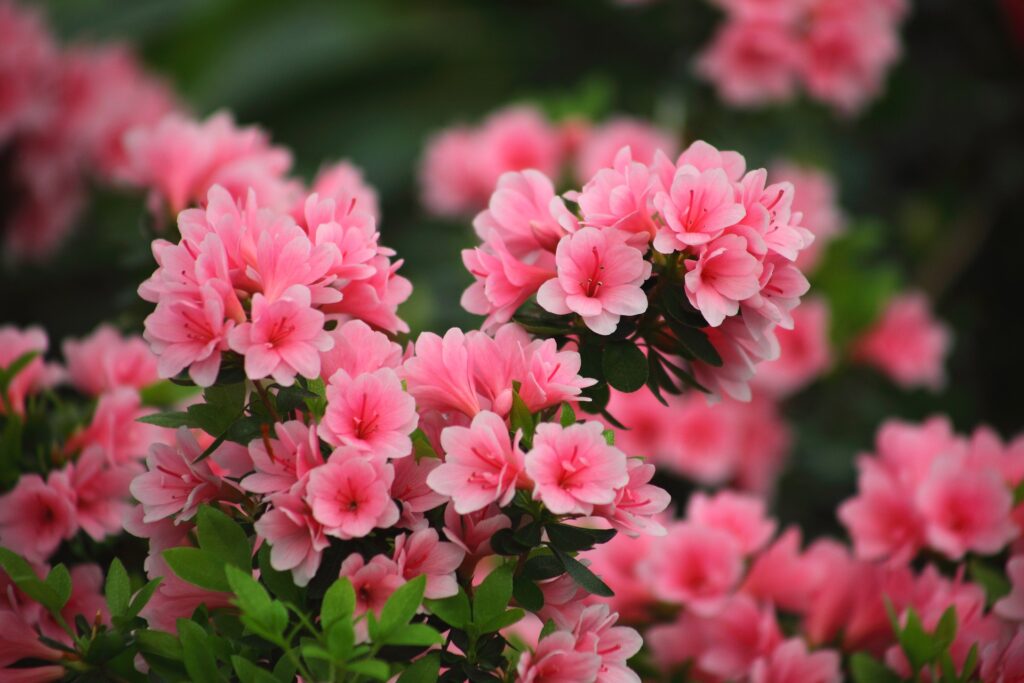
Azaleas are fantastic shrubs for planting in September, as they thrive in cooler weather and can establish roots before winter. Preferring partial shade, azaleas do well in well-drained soil. They are available in various colors and provide beautiful blooms in spring, enhancing the landscape and attracting pollinators.
Camellias
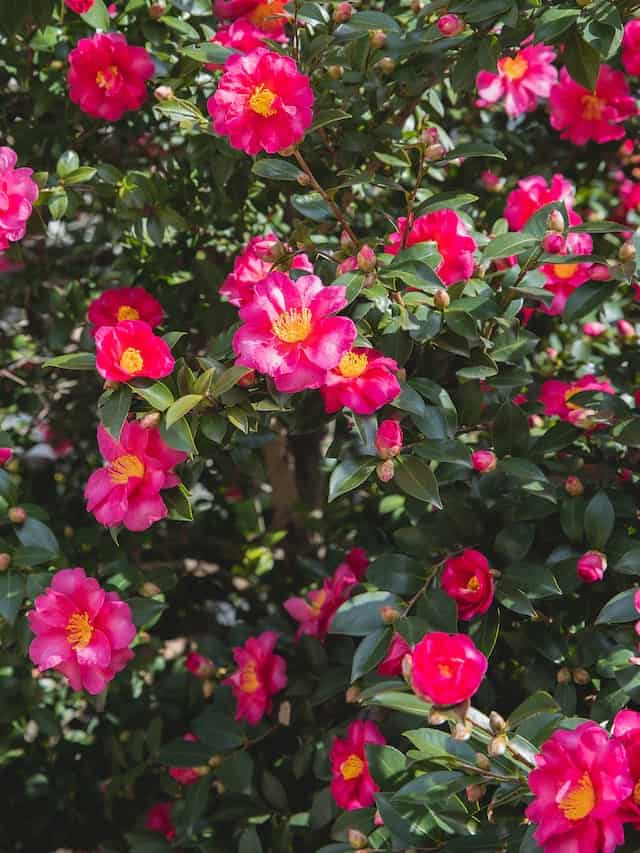
Camellias can be planted in September for robust growth in the cooler months. These evergreen shrubs prefer acidic, well-drained soil and can thrive in partial shade. Camellias bloom in winter to early spring, adding beauty to your garden when other plants are dormant, providing continuous visual interest.
Hellebores
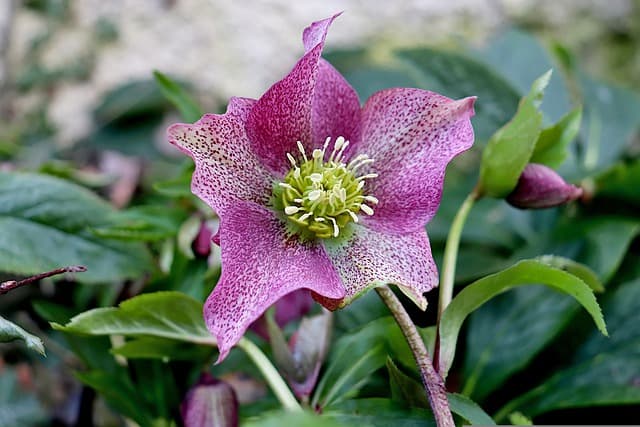
Hellebores, often called Lenten roses, can be planted in September to establish roots before winter. They thrive in shade to partial shade and appreciate rich, well-drained soil. Hellebores are unique as they bloom in winter to early spring, providing early bursts of color in your landscape.
Ornamental Grasses
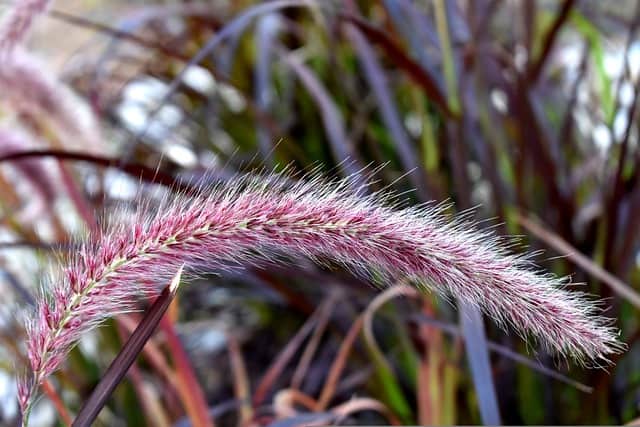
Planting ornamental grasses in September is an excellent choice for texture and movement in your landscape. Grasses like ‘Cheyenne Sky’ switchgrass or ‘Karl Forester’ feather reed grass perform well in various conditions. They thrive in full sun and well-drained soil and offer visual interest while requiring minimal maintenance.
Dogwoods

September is a great time to plant dogwoods, beautiful flowering trees that thrive in Zone 8a. They prefer well-drained soil and partial shade. Dogwoods are celebrated for their stunning spring blossoms, vibrant fall color, and attractive bark, making them highly desirable landscape trees that provide year-round interest.
Red Maple
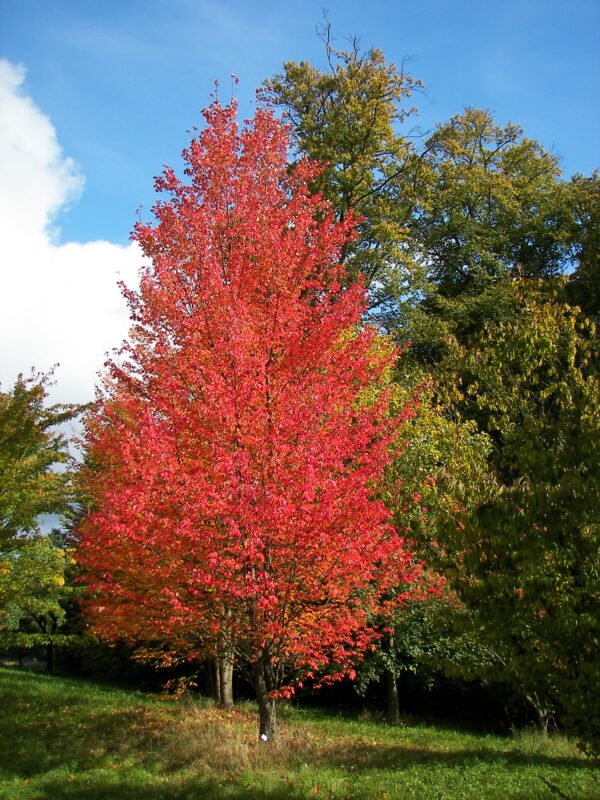
Planting Red Maple trees in September allows them to establish roots before winter. These deciduous trees thrive in well-drained soils and provide stunning fall foliage. Red Maples prefer full sun to partial shade and can grow in a variety of conditions, making them a versatile and beautiful addition to any landscape.
Holly
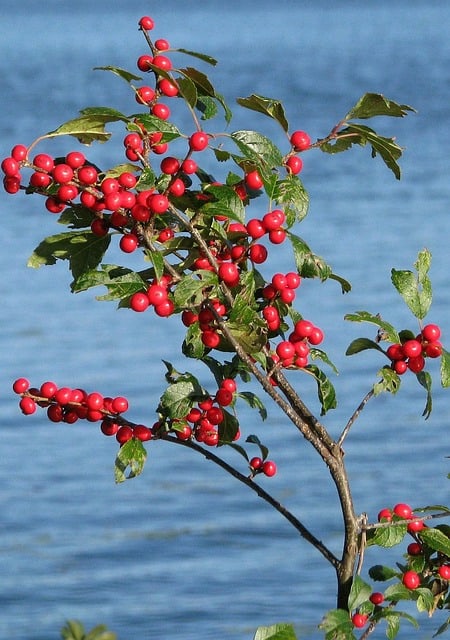
Hollies are easy-to-grow shrubs that can be planted in September. They thrive in well-drained soil and prefer partial shade to full sun. Hollies offer year-round interest with their glossy leaves and bright berries, providing a habitat for birds and a festive touch during the winter months.
Magnolias
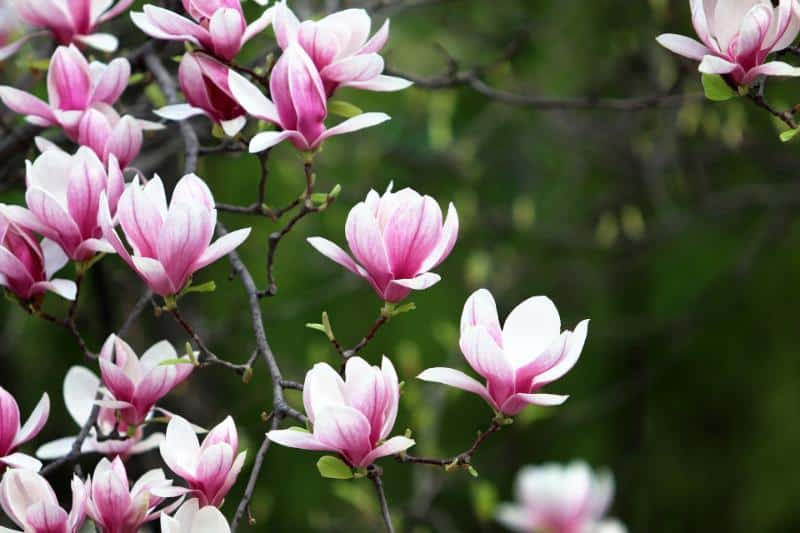
Magnolia trees can be planted in late summer to early fall. They do well in well-drained, slightly acidic soils and prefer full sun to partial shade. With their stunning, fragrant flowers and glossy leaves, magnolias create a timeless beauty in any landscape, blooming in spring and providing interest year-round.
Echinacea (Coneflower)
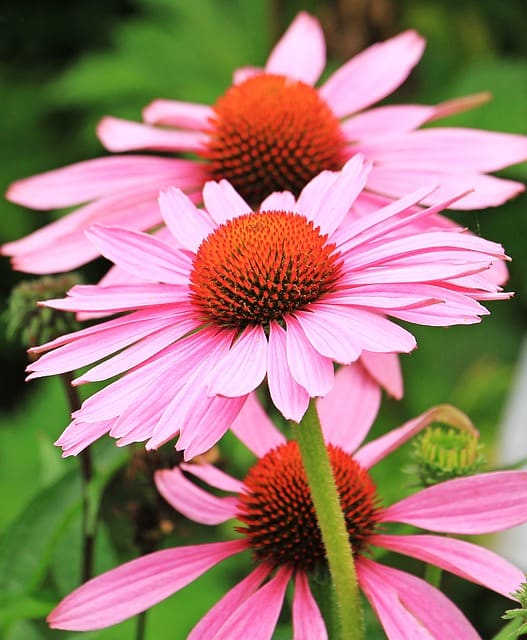
Planting Echinacea in September allows the perennials to establish roots before the onset of winter. Echinacea thrives in well-drained soil and prefers full sun. They are not only striking in flower beds with their daisy-like blooms but also attract pollinators and butterflies, enhancing your garden’s ecosystem.
Nandina
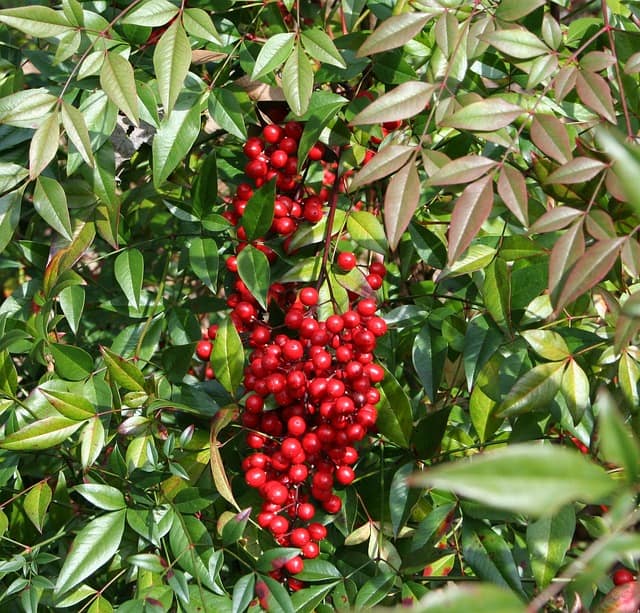
Nandina, or heavenly bamboo, can be planted in September as they thrive in a range of conditions. This hardy shrub grows best in well-drained soil and can tolerate sun to partial shade. Nandina provides year-round color with its foliage changing beauty throughout the seasons and red berries in the fall and winter, growing under diverse environmental conditions.


